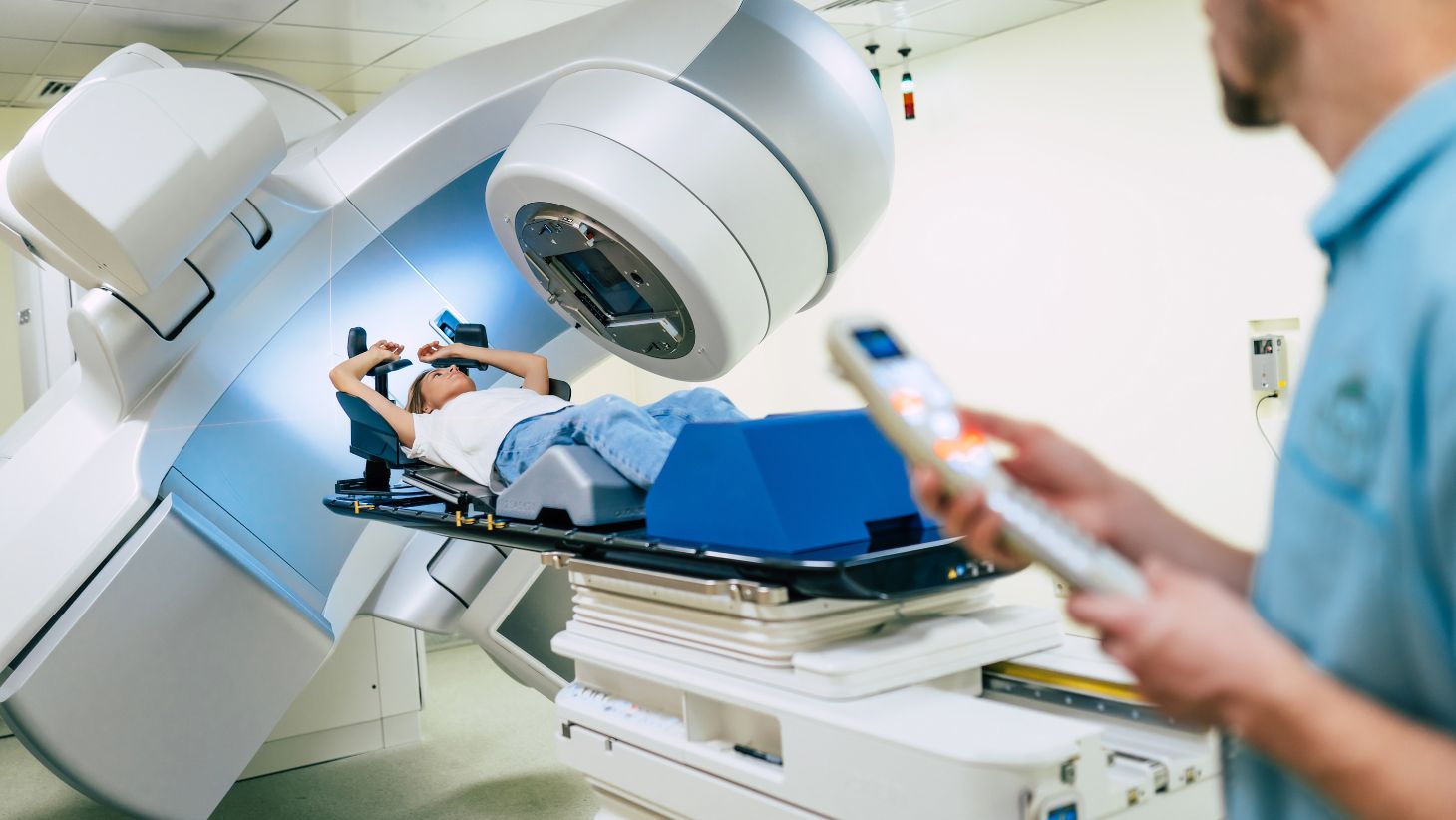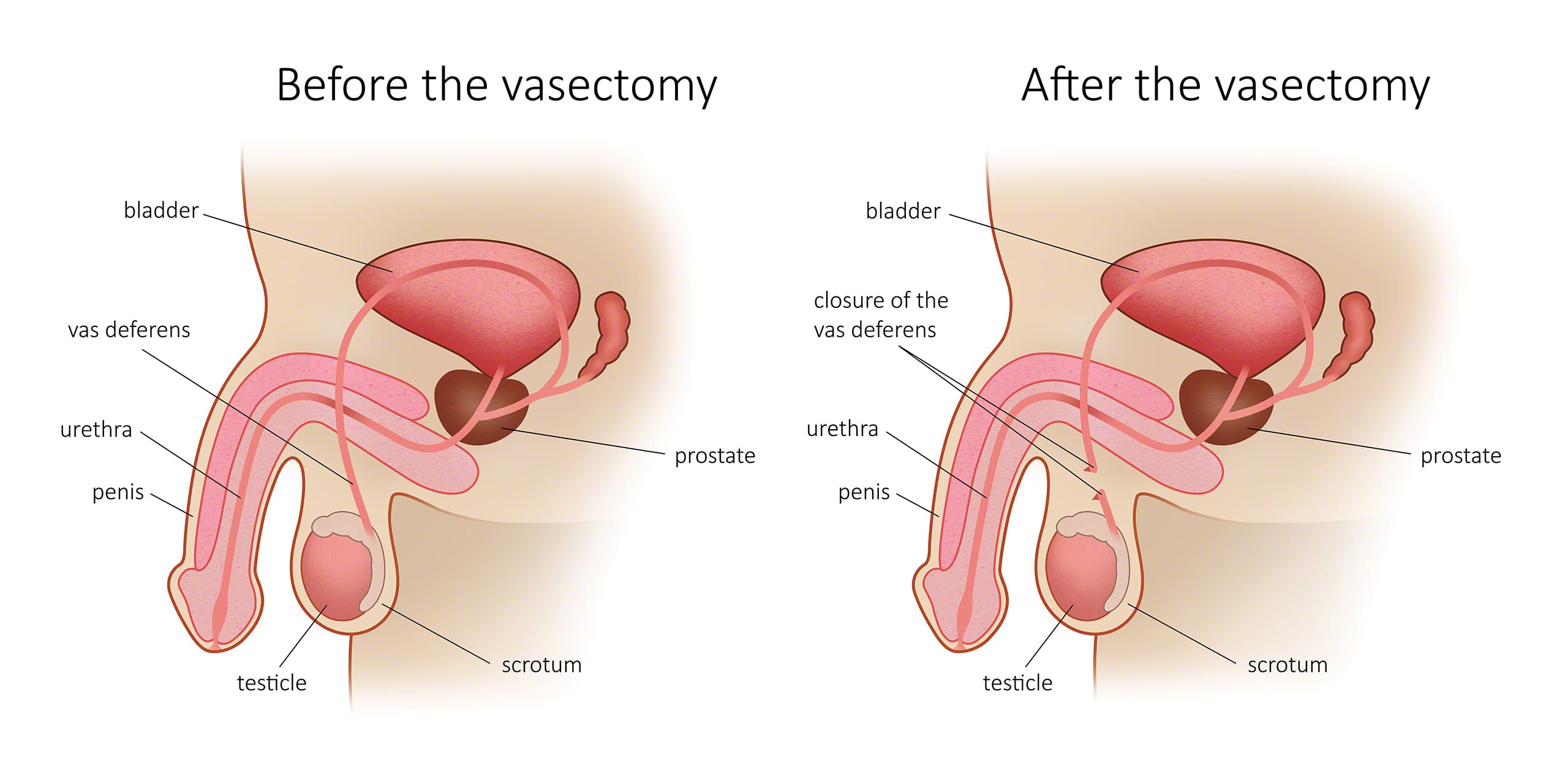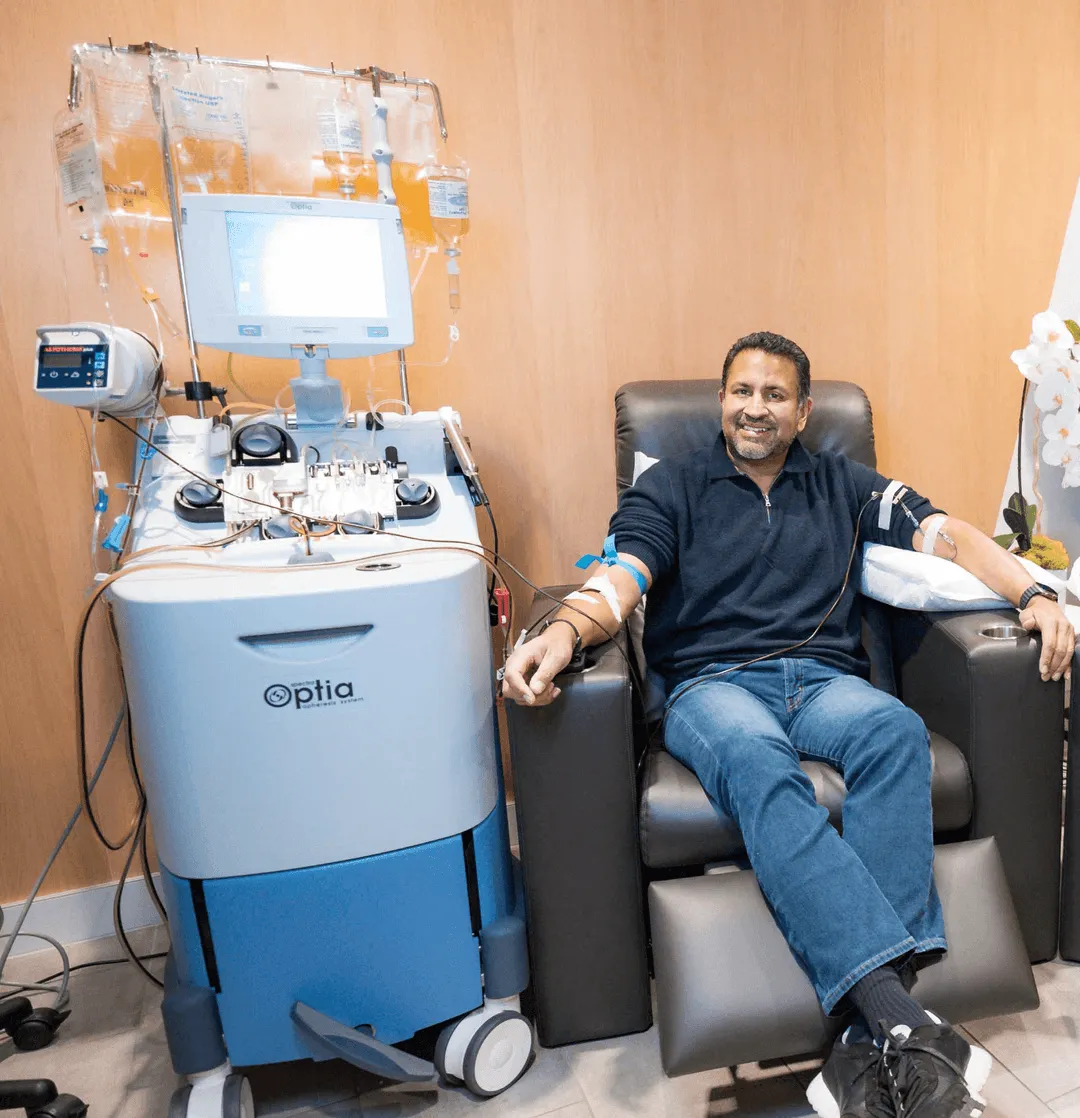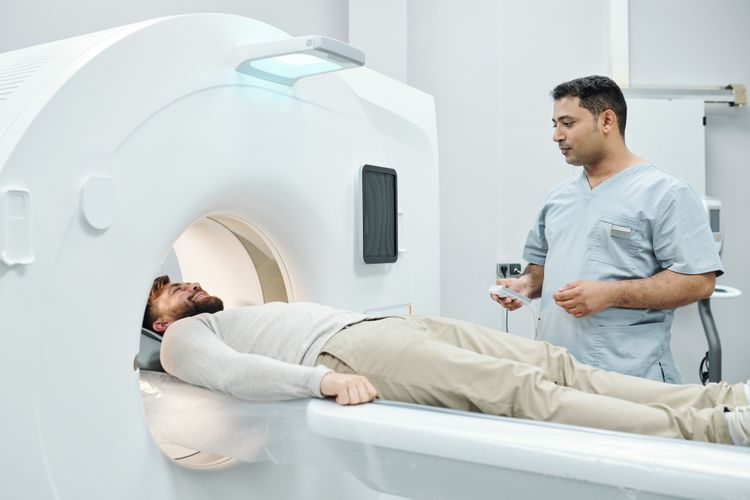Category: Procedures and Operations
-

Radiation Therapy: Benefits and Risks
What are the benefits of radiation therapy? Radiation therapy is a widely used cancer treatment that uses high-energy radiation to target and kill cancer cells. It offers several key benefits in both cancer treatment and management of other medical conditions. Here are the main benefits: 1. Effective Cancer Treatment 2. Shrinking Tumors 3. Relief of…
-

Vasectomy: The Different Kinds
What are the different kinds of vasectomy? There are several types of vasectomy procedures, each with its own method of blocking or cutting the vas deferens (the tubes that carry sperm). The main types of vasectomy include: 1. Conventional (Incision) Vasectomy: 2. No-Scalpel Vasectomy (NSV): 3. Open-Ended Vasectomy: 4. Vas-Clip Vasectomy: The choice of vasectomy…
-

Plasmapheresis (Plasma Exchange): How it works.
How does plasmapheresis work? Plasmapheresis, or plasma exchange, is a procedure designed to remove harmful components from the blood, particularly those found in the plasma. It is often used in the treatment of autoimmune diseases, blood disorders, and neurological conditions. The process begins with drawing blood from the patient, typically through a needle in the…
-

PET Scan: What it can detect.
What is involved in a PET scan? A PET (Positron Emission Tomography) scan is a diagnostic imaging technique that provides detailed images of the body’s metabolic processes. It is often used to detect and monitor diseases, including cancers, heart conditions, and neurological disorders. Here’s an overview of what’s involved in a PET scan: 1. Preparation:…
-
Palliative Care: What is it and how does it differ from normal medical care?
What is palliative care? Palliative care is a specialized form of medical care focused on providing relief from the symptoms, pain, and stress of serious illness, regardless of the diagnosis or stage of the disease. The primary goal of palliative care is to improve the quality of life for patients and their families by addressing…
-
Yoga Therapy: What is it?
What is yoga therapy? Yoga therapy, also known as yoga therapy in medicine, is a type of complementary and alternative medicine (CAM) that combines the principles of yoga with conventional medical practices to promote physical, emotional, and spiritual well-being. Yoga therapy is based on the idea that the practice of yoga can help individuals achieve…
-
LASIK Eye Surgery
How does LASIK work? LASIK (Laser-Assisted In Situ Keratomileusis) is a type of refractive surgery that corrects vision problems such as nearsightedness (myopia), farsightedness (hyperopia), and astigmatism. Here’s a step-by-step explanation of how LASIK works: Pre-Procedure Procedure Post-Procedure How LASIK Works The excimer laser reshapes the corneal tissue by removing microscopic amounts of tissue in…
-
Kidney Transplant: How it Works
How does one get a kidney transplant? Getting a kidney transplant is a complex process that involves several steps. Here’s an overview of the process: Step 1: Evaluation Step 2: Waiting list registration Step 3: Matching process Step 4: Transplant surgery Step 5: Post-transplant care Important notes It’s essential to consult with a nephrologist or…
-
Kidney Donation: Risks
What is involved in donating a kidney? Donating a kidney, either to a family member, friend, or as a non-directed (altruistic) donor, is a significant decision that involves careful consideration and thorough evaluation. Here are the key aspects involved in the process of donating a kidney: 1. Initial Inquiry and Evaluation: 2. Psychological Evaluation: 3.…
-
IVF (In Vitro Fertilization):How it Works, Success Rates
What is IVF (In Vitro Fertilization)? In Vitro Fertilization (IVF) is a type of assisted reproductive technology (ART) used to help people overcome fertility issues. It involves the fertilization of an egg with sperm outside the human body, and the resulting embryo is then transferred into the woman’s uterus. Here’s a step-by-step overview of the…
-
Integrative Medicine: What is it?
What is integrative medicine and how does it differ from mainstream medicine? Integrative medicine is an approach to healthcare that combines conventional medical treatments with evidence-based complementary therapies and practices, focusing on treating the whole person—body, mind, and spirit. Here are key aspects of integrative medicine and how it differs from mainstream (conventional) medicine: In…
-
Hysterectomy: Uses and Side Effects
What is a hysterectomy, and what conditions and diseases necessitate one? A hysterectomy is a surgical procedure in which the uterus is removed from the body. The uterus is the organ that supports fetal development during pregnancy and menstruation. In a hysterectomy, the entire uterus, cervix, and part or all of the fallopian tubes and…
-
Hydrotherapy: What is it, Applications
What is hydrotherapy? Hydrotherapy, also known as water therapy, is a form of physical therapy that uses water to promote healing, relaxation, and pain relief. It is often used to treat a variety of conditions, including musculoskeletal injuries, arthritis, fibromyalgia, and chronic pain. Hydrotherapy involves the use of water to reduce stress and strain on…
-
How To Check Your Pulse: Too Fast and Too Slow
How do I check my own pulse? Checking your own pulse is fairly straightforward. Here’s how you can do it: Other places you can check your pulse include the neck (carotid artery) or the inside of your elbow (brachial artery). It’s generally easier to check on the wrist for most people. What should I do…
-
Hospice Care
What is hospice care and who needs it? Hospice care is a type of care that focuses on providing comfort and support to individuals who are terminally ill, meaning they have a life expectancy of six months or less. The primary goal of hospice care is to improve the quality of life for these individuals…
-
High-Intensity Focused Ultrasound (HIFU): Uses and Risks
What is a high-intensity focused ultrasound? High-intensity focused ultrasound (HIFU) is a non-invasive therapeutic technique that uses focused ultrasound waves to target and treat tissues deep within the body without the need for surgical incisions. Here are the key features and applications of HIFU: Overall, HIFU represents a promising technology in the field of therapeutic…
-
Cognitive-Behavioral Therapy (CBT): How it Works
What is cognitive-behavioral therapy? Cognitive-behavioral therapy (CBT) is a widely used form of psychotherapy that focuses on helping individuals change negative or unhelpful thoughts and behaviors. It is based on the idea that our thoughts, feelings, and behaviors are interconnected, and that by changing one of these aspects, we can change the others. In CBT,…
-
Fine-Needle Aspiration (FNA)
What is fine needle aspiration and when is it used? Fine needle aspiration (FNA) is a medical procedure used to collect cells or fluid from a suspicious lump or mass for examination under a microscope. It involves inserting a thin needle into the lump and using a syringe to aspirate (suck out) a small sample…
-
Femoral Nerve Block: Uses, Risks and Benefits
What is a femoral nerve block? A femoral nerve block is a type of regional anesthesia technique used to numb the femoral nerve, which runs down the front of the thigh. The femoral nerve is responsible for sensation and movement in the anterior (front) part of the thigh, as well as the knee and lower…
-
Fecal Transplant: Risks and Benefits
What is a fecal transplant and who needs one? A fecal transplant, also known as fecal microbiota transplantation (FMT), is a medical procedure in which fecal matter containing healthy bacteria is transferred from a donor into the gastrointestinal tract of a recipient to restore the balance of bacteria in the gut. Fecal transplants are primarily…
-
Fat Transfer Breast Augmentation: Benefits and Risks
What is fat transfer breast augmentation? Fat transfer breast augmentation, also known as autologous fat grafting to the breast, is a cosmetic procedure that involves using a person’s own fat to enhance the size and shape of the breasts. The procedure typically involves two main steps: Fat transfer breast augmentation is often chosen by people…
-
Episiotomy: Who Needs One, and Painfulness
What is an episiotomy and why would I need one? An episiotomy is a surgical procedure in which the perineum, the area between the vagina and the anus, is intentionally cut during childbirth to widen the vaginal opening. The procedure is typically done to facilitate delivery and prevent severe tears of the perineum during childbirth.…
-
Embolectomy: Types, Who Needs One, Success Rate
What is an embolectomy? An embolectomy is a surgical procedure used to remove an embolus, which is a blood clot, air bubble, or other foreign material that travels through the bloodstream and lodges in a blood vessel, obstructing blood flow. During an embolectomy, a surgeon makes an incision near the site of the blockage and…
-
Dry Needling: What is Dry Needling?
What is dry needling? Dry needling is a technique used to treat musculoskeletal pain and movement impairments. It involves the insertion of thin needles into the skin and underlying tissues, such as muscles, tendons, ligaments, or fascia, without injecting any substance (hence the term “dry” needling). The goal of dry needling is to stimulate trigger…
-
DNA Test & Genetic Testing
What is genetic testing? Genetic testing is a type of medical test that identifies changes in chromosomes, genes, or proteins. The results of a genetic test can confirm or rule out a suspected genetic condition or help determine a person’s chance of developing or passing on a genetic disorder. There are several types of genetic…
-
Digital Rectal Exam: What is it, Effectiveness
What is a digital rectal exam and what conditions are detected by it? A digital rectal exam (DRE) is a physical examination in which a healthcare provider inserts a lubricated, gloved finger into the rectum to feel for abnormalities in the rectal area and nearby structures. It is a relatively simple and quick procedure that…
-
Differential Diagnosis
What is a differential diagnosis? A differential diagnosis is a method used by healthcare providers to identify the possible conditions or diseases that could be causing a patient’s symptoms. It involves considering various potential causes based on the patient’s symptoms, medical history, physical examination, and diagnostic tests. The goal is to narrow down the list…
-
Dialysis: Hoe it works, Risks
How does dialysis work? Dialysis is a medical procedure used to perform the functions of the kidneys when they are not working properly. The two main types of dialysis are hemodialysis and peritoneal dialysis. Both types of dialysis help to maintain the body’s balance of electrolytes (such as sodium, potassium, and calcium) and fluids, which…
-
Dental Crowns
What is a dental crown? A dental crown is a cap that is placed over a damaged or decayed tooth to restore its shape, size, strength, and appearance. Crowns are used for various purposes in dental treatment and can be made from different materials. Here are some key points about dental crowns: Purposes of Dental…
-
Deep Brain Stimulation: What is it, Risks, and Who gets it
What is deep brain stimulation and what are its uses? Deep brain stimulation (DBS) is a surgical procedure that involves implanting a device, similar to a pacemaker, into the brain. This device delivers electrical stimulation to specific areas of the brain. DBS is primarily used to treat certain movement disorders, such as Parkinson’s disease, essential…